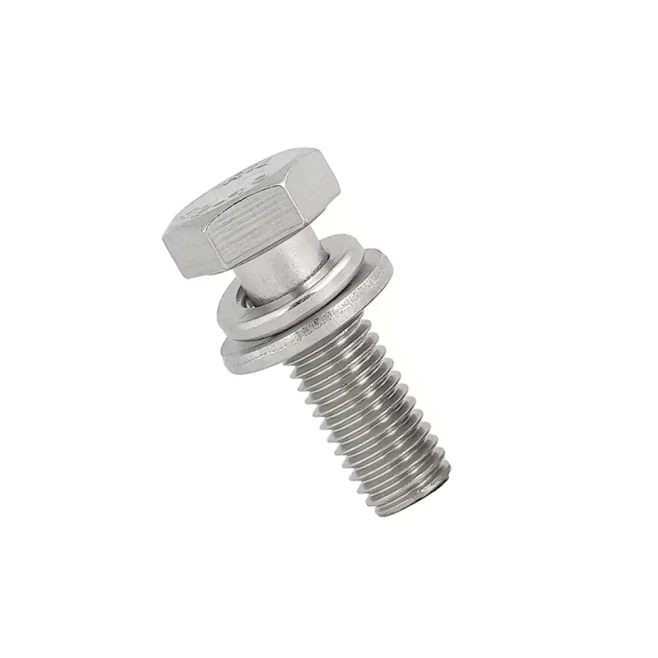What causes bolt failure?
In fact, bolt failure is almost always caused by loosening. Since the failure mechanism of loosened bolts is similar to that of fatigue failure, we can always attribute the cause to fatigue strength. However, the fatigue strength of bolts is so high that it is beyond our imagination, and bolts simply do not utilize their fatigue strength during use.
Misconception 1: Bolt failure is not due to the bolt's tensile strength
Take an M20×80 8.8-grade high-strength bolt as an example. Its weight is only 0.2 kilograms, while its minimum tensile load capacity is 20 tons, which is 100,000 times its own weight. Under normal circumstances, we only use it to secure components weighing 20 kilograms, utilizing only one-thousandth of its maximum capacity. Even under the influence of other forces in the equipment, the load cannot exceed a thousand times the component's weight. Therefore, the tensile strength of threaded fasteners is sufficient, and damage cannot occur due to insufficient bolt strength.
Misconception 2: Bolt failure is not due to the bolt's fatigue strength
Threaded fasteners can loosen after just 100 cycles in a lateral vibration test, while fatigue strength tests require one million cycles of vibration. In other words, threaded fasteners loosen when using only one ten-thousandth of their fatigue strength, and we only use one ten-thousandth of their maximum capacity. Therefore, the loosening of threaded fasteners is also not due to bolt fatigue strength.

The true cause of threaded fastener failure is loosening. Once threaded fasteners loosen, they generate significant kinetic energy (mv²), which directly acts on the fasteners and equipment, causing fastener failure. After fastener failure, the equipment cannot operate normally, leading to further equipment damage.Fasteners subjected to axial forces experience thread damage and bolt breakage.Fasteners subjected to radial forces experience bolt shearing and the bolt holes being deformed into ellipses.


























